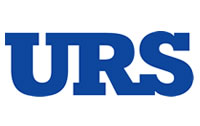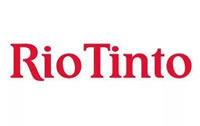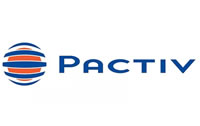Two ways to address the skilled labor shortage
Do you want to fight over the slices of an existing pie, or do you expand the pie for everyone?
By Tom Moriarty
Published in Plant Services Magazine, Nov 06, 2019
Contact Tom to discuss Productive Leadership consulting support or workshops.
In manufacturing, the Baby Boomers are about midway through retirement age. They’re all moving to Florida (at least the traffic here seems like it). Younger people in their 20s and 30s are much less interested in working in manufacturing. In addition to that, the “good problem” of a robust economy means businesses are expanding. Therefore, there is a greater demand for workers.
Fighting over the size of your slice of the labor pie.
During June and October 2019, I participated in the Aerospace Workforce Workshop in Brevard County, FL. In August, I was a panelist at a Society for Maintenance and Reliability Professionals Maintenance and Reliability Symposium (MaRS) hosted by SMRP’s Houston chapter. In these events, the employment landscapes were similar. Companies are looking for qualified talent to fill positions.
In the Houston region, engineering and construction firms are bidding jobs hoping that they can find the crafts persons who will allow them to meet the costs and timelines they are proposing. Oil and gas and chemical companies are desperate to find people with experience and skills to safely operate their plants.
On Florida’s Space Coast and in the Orlando area, manufacturing is booming, particularly for the aerospace industry. You can’t swing a stuffed cat by the tail around here and not hit a new space-launch-related company. Because of that, engineering talent is in high demand, but so, too, are mechatronic technicians, welders, assembly persons, etc.
In both of these regions and in many regions across the country, companies are fighting with each other to get a slice of the qualified-employee pie. Two approaches (or a combination of the two) can be used to alleviate the issue. You can try to reduce the number of people needed, thereby reducing the size of the slice needed. Or, you can work to grow the pie so that every employer has the size of slice they need.
How big of a slice do you need?
Reducing the size of the slice needed is done through operational efficiency and technology. I am a huge advocate for improving operational efficiency. It is the reason I wrote “The Productive Leadership System.” Focus on executing and reducing waste. This means having a system that supports individual leaders. Ensure that policies, plans, processes, procedures, and measures are developed and are supported with the assets needed to carry them out. In maintenance management, good leadership and good guidance have routinely generated greater than 20% labor effectiveness improvements.
It was recently reported that the U.S. has 430 robots per 10,000 workers. For South Korea, the number is 600 robots per 10,000 workers. Clearly, there is room to expand automation. All of the in-vogue solutions, including the IIoT, AI, machine learning, etc., are forms of technology that, if properly designed and implemented and proper training and support is ensured (and that’s a big if), could reduce the demand for personnel.
Why not increase the size of the pie?
What about growing the size of the pie? Every region is engaging with school systems to expose K–12 students to manufacturing careers. That’s great for 10 years down the road. What can companies do now? First, take better care of the folks you have. Improve the job context by increasing pay and benefits, training supervisors and managers on productive leadership, and ensuring that there are visible and attainable career paths. Pay and benefits must be enticing as compared with other regional career fields; compensation is going to continue to spiral upward anyway.
About 70% of how individuals feel about their job is directly related to the person they report to. If that person is a bad boss instead of a productive leader, it makes it easier for an employee to jump ship. Productive leaders have the best interests of their direct reports front and center.
If you have a hard time filling positions, look first at current employees. Many want to learn new things and want opportunities for professional growth. It’s disappointing for a current employee to be passed over in favor of a new hire.
The typical cost for each position that turns over is about 25% of annual compensation (for a $50,000 position that’s $12,500). It’s better to spend that money training and developing current employees so they feel valued. Of course, some will receive training and still leave. Your job is to make it harder for them to leave.
Go forth and do great things.
Contact Tom to discuss Productive Leadership consulting support or workshops.


















